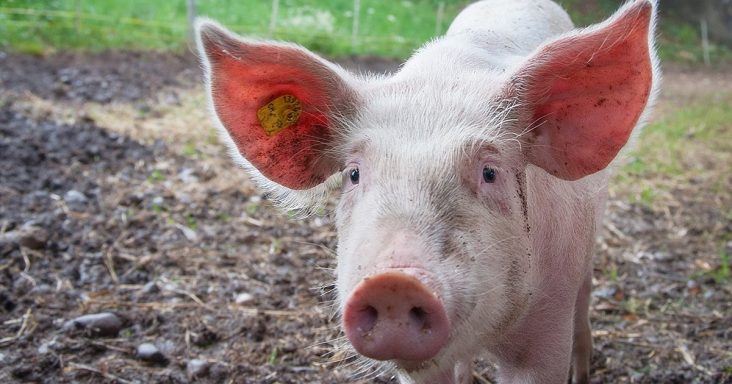USDA says vaccine against African Swine Fever virus is promising
by September 30, 2021 4:13 pm 467 views

The Agricultural Research Service division of the U.S. Department of Agriculture (USDA) said Thursday (Sept. 30) a vaccine candidate has been shown to prevent and effectively protect European and Asian bred swine against the Asian strain of the virus that remains active.
The USDA has been working for several years to get a vaccine to stop or slow the spread of African Swine Fever virus that has created havoc in the pork industry since 2007.
USDA said the majority of swine used in the global food supply are produced in Asia, where the virus has caused outbreaks and devastating losses to the swine industry. ASF was originally detected in 2007 in the Republic of Georgia and is known to cause virulent, deadly disease outbreaks in wild and domesticated swine. Since the original outbreak, ASF has had a widespread and lethal impact on swine herds in various countries in Eastern Europe and throughout Asia.
ASF has caused profound economic losses to the swine industry but so far the virus has not been detected in U.S. herds. U.S. pork packers have benefited from higher pork prices and reduced pork supplies in other parts of the world where the virus has been prevalent.
“We are excited that our team’s research has resulted in promising vaccine results that are able to be repeated on a commercial level, in different pig breeds, and by using a recent ASFV isolate,” said Douglas Gladue, a researcher with ARS/USDA. “This signals that the live attenuated vaccine candidate could play an important role in controlling the ongoing outbreak threatening the global pork supply.”
The onset of immunity was revealed in approximately one-third of the swine by second week post-vaccination, with full protection in all swine achieved by the fourth week. USDA said a commercial vaccine for ASF virus will be an important part of controlling the virus outbreak. Researchers will continue to determine the safety and efficacy of the vaccine under commercial production conditions and are working with their commercial partner in Vietnam.
“This is a major step for science and agriculture,” said Manuel Borca, researcher at ARS/USDA. “We are working carefully to see our vaccine candidate commercialized through the joint efforts of the U.S. government, and our commercial partner, the Navetco National Veterinary Joint Stock Company.”
USDA said ARS has successfully engineered and patented five ASF experimental vaccines and has executed seven licenses with pharmaceutical companies to develop the vaccines and the USDA continues to evaluate additional commercial partners to develop these vaccines.
The U.S. pork industry reported hog inventory was 75.2 million on Sept. 1, down 3.9% from a year ago and below analysts’ expectations which called for a 2.8% decline. Pork slaughter fell below its 5-year average in September as packer margins fell below $30 per head. Hog slaughter was down 1% last week as prices for pork meat are up 23% from a year ago and feed input costs are at least 10% higher than a year ago. This is on top of transportation costs soaring as much as 30%. Demand is higher for pork bellies which bacon is made from, and wholesale prices are getting support from improving restaurant demand, according to analysts at Stephens Inc.
